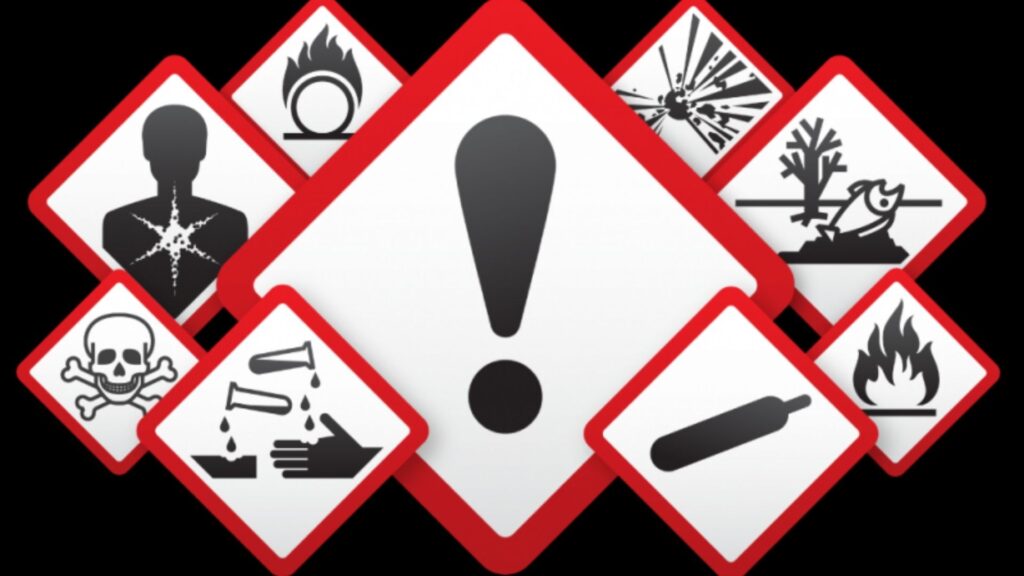Training Overview
Advanced EHS Concept Hazard Communication (HAZCOM) training course is fully customizable and helps organizations to meet their responsibilities as depicted in the Occupational Safety and Health Act 2004 (as amended 2006) and internationally recognized regulation e.g., Code of Federal Regulations 29 CFR 1910.1200.
This course fulfills basic requirements for employees who may be exposed to hazardous chemicals and specifically trains employees to know that they are exposed to hazardous chemicals. Participants will use actual MSDS sheets to determine safety information on the simulated chemical containers prior to handling the product.
Who should attend?
This course is designed as an awareness level course, for every worker who is, or is likely to be exposed to hazardous chemicals in the workplace.
Course Topics
- Contents of the OSHA Standard
- Hazard Classification
- Who is covered by the standard?
- Chemicals
- Safety Data Sheets
- Understanding chemicals
- Personal Protective Equipment
- Exposure to hazardous chemicals
- Leaks and spills
- Post Test and Concluding remarks (20 question quiz)
Administration Details
Duration: 5 hours
Certificate: International Association of Safety Professionals Certificate and Wallet card
Prerequisites: None required
Completion Requirements: Participants will be required to undertake a written quiz with a pass mark of 75%. Should a participant encounter challenge to meet these Learning Outcomes, we will provide additional coaching as an opportunity to meet those requirements.
Refresher Training & Certification Validity Period: No expiration date is indicated on this certificate. Refresher training is recommended at intervals not greater than 3 years.


